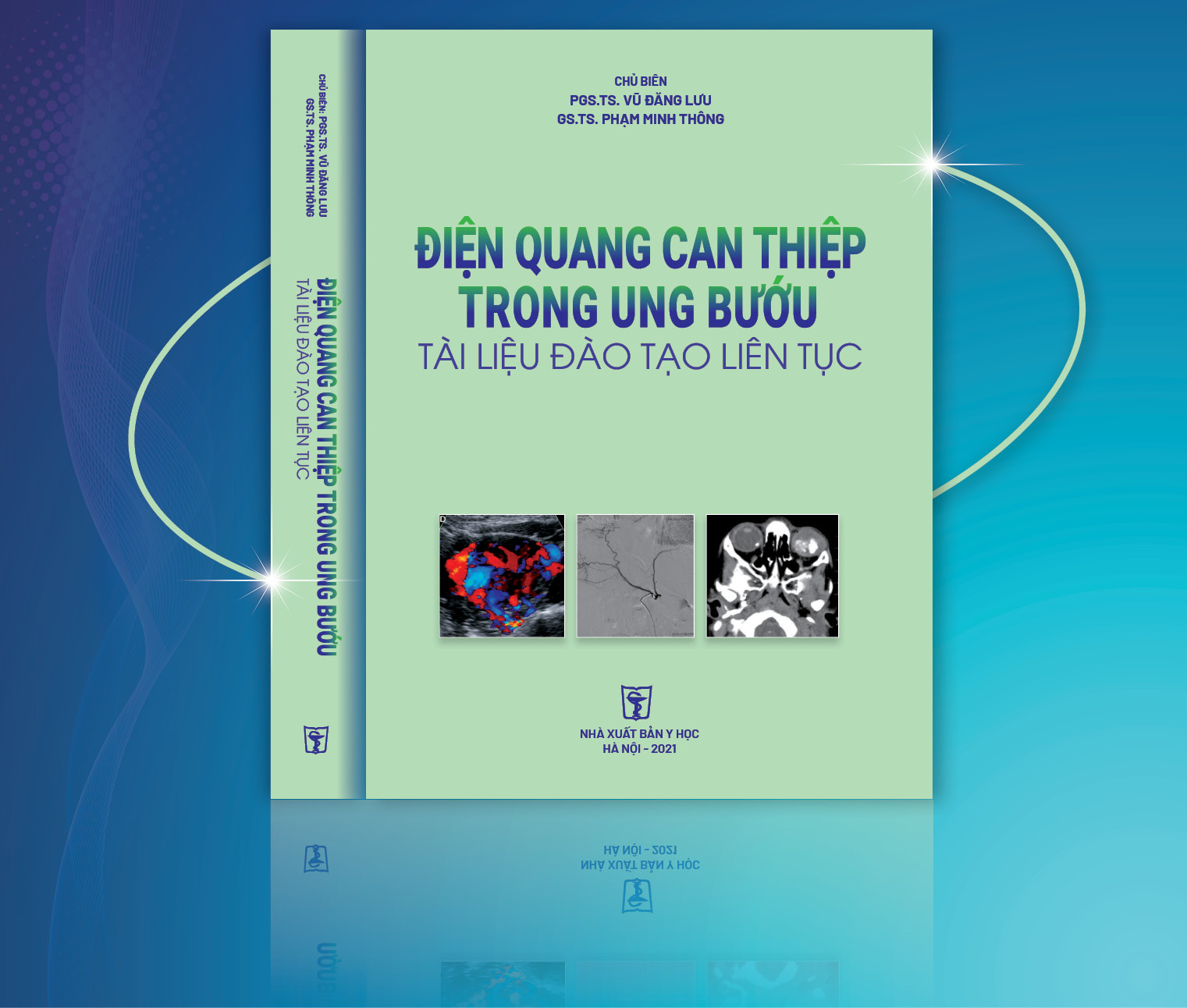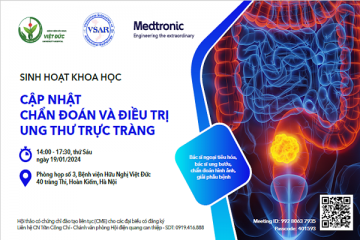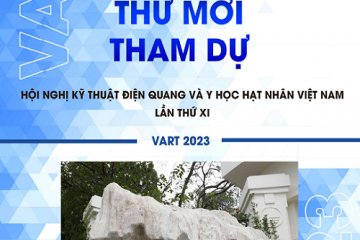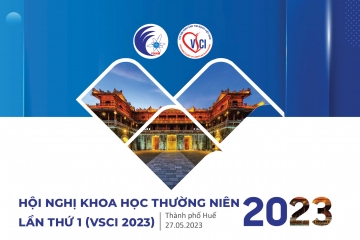NHẬN XÉT SỰ AN TOÀN CỦA DẪN LƯU BỂ THẬN QUA DA DƯỚI HƯỚNG DẪN CỦA SIÊU ÂM VÀ DSA Ở BỆNH NHÂN TẮC NGHẼN ĐƯỜNG BÀI XUẤT CAO
SUMMAR
Aim: to access the safety and complications of Percutaneous Nesphrostomy in obstructed urinary upper tract.
Patients and methods: a cross-sectional descriptive study was performed on 45 patients who were diagnosed with pyelonephritis and hydronephrosis due to obstructed urinary upper tract at the Radiology Department, Ha Noi Medical Hospital from 6/2021 to 8/2022.
Results: 100% of patients who have hydronephrosis and pyelonephritis taken broad-spectrum antibiotics before performing percutaneous nephrostomy (PCN). Position to drain into renal pelvis: 93.3% from the inferior pole, 6.7% from the middle pole. 91.1% of patients were performed successfully Percutaneous Nephrostomy the first time and 8.9% of patients needed in the second time. The successful rate of Percutaneous Nephrostomy was 100%. Time to complete procedure on average 19.5±4.5 minutes. Bleeding complications accounted for 2.2% (n=1), Sepsis complications accounted 6.7% (n=3). Catheter obstruction was 18% (n=8). The size of the sonde drainage 8F was used for patients with Hydronephrosis and pyelonephritis in grades I and II. The size of the sonde drainage 10-12F was used for patients with Hydronephrosis and Pyelonephritis in grades III and IV.
Conclusion: Percutaneous nephrostomy is a minimal, safe, effective treatment procedure.
Keywords: Renal Nephrosis, Pyelonephritis, Percutaneous Nephrostomy
TÓM TẮT
Mục tiêu: đánh giá sự an toàn và tỉ lệ biến chứng của dẫn lưu bể thận qua da dưới hướng dẫn của siêu âm và DSA ở bệnh nhân tắc nghẽn đường bài xuất cao.
Đối tượng và phương pháp nghiên cứu: Nghiên cứu mô tả cắt ngang được thực hiện trên 45 bệnh nhân ứ nước, ứ mủ thận do tắc nghẽn đường bài xuất cao tại Trung tâm chẩn đoán hình ảnh và can thiệp điện quang - Bệnh viện Đại học Y Hà Nôi.
Kết quả: 100% bệnh nhân ứ nước, ứ mủ thận đều được sử dụng kháng sinh phổ rộng truyền tĩnh mạch trước khi tiến hành dẫn lưu bể thận qua da để dự phòng. Vị trí đưa dẫn lưu vào bể thận: 93,3% từ cực dưới, 6,7% từ cực giữa. 91,1% bệnh nhân được dẫn lưu bể thận qua da thành công từ lần đầu tiên, 8,9% bệnh nhân phải thực hiện lần thứ hai. Tỷ lệ thành công của kĩ thuật này là 100%. Thời gian hoàn thành thủ thuật 19,5 ± 4,5 phút. Biến chứng chảy máu chiếm tỉ lệ 2,2% (n=1), nhiễm khuẩn huyết 6,7% (n=3), tắc ống thông 18% (n=8). Sonde dẫn lưu 8F được sử dụng cho các bệnh nhân ứ nước, mủ thận độ I, II và sonde dẫn lưu 10-12F được sử dụng cho các bệnh nhân ứ nước, mủ thận độ III, IV.
Kết luận: Dẫn lưu bể thận qua da là phương pháp xâm lấn tối thiểu, an toàn và hiệu quản cao.
Từ khóa: Ứ nước, ứ mủ bể thận, dẫn lưu bể thận qua da
Bạn Đọc Quan tâm
Sự kiện sắp diễn ra
Thông tin đào tạo
- Những cạm bẫy trong CĐHA vú và vai trò của trí tuệ nhân tạo
- Hội thảo trực tuyến "Cắt lớp vi tính đếm Photon: từ lý thuyết tới thực tiễn lâm sàng”
- CHƯƠNG TRÌNH ĐÀO TẠO LIÊN TỤC VỀ HÌNH ẢNH HỌC THẦN KINH: BÀI 3: U não trong trục
- Danh sách học viên đạt chứng chỉ CME khóa học "Cập nhật RSNA 2021: Công nghệ mới trong Kỷ nguyên mới"
- Danh sách học viên đạt chứng chỉ CME khóa học "Đánh giá chức năng thất phải trên siêu âm đánh dấu mô cơ tim"















Bình luận